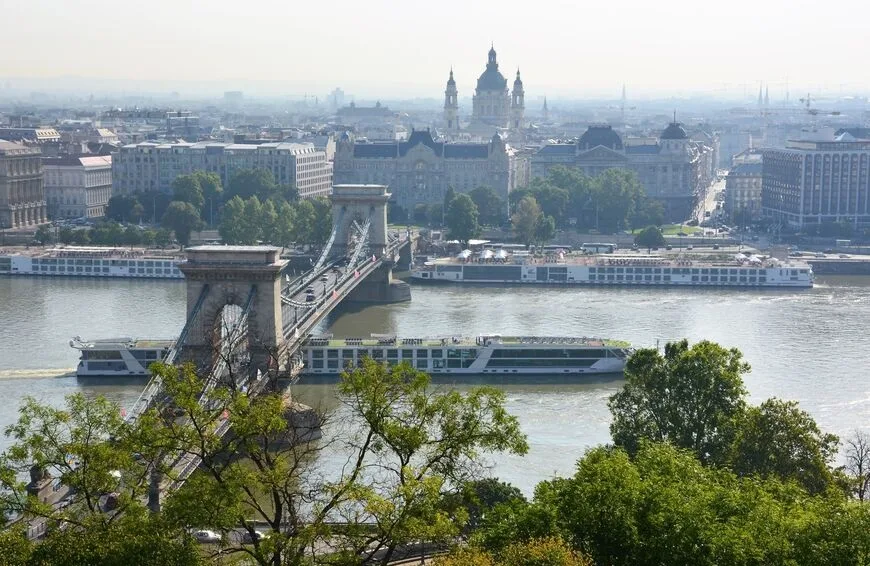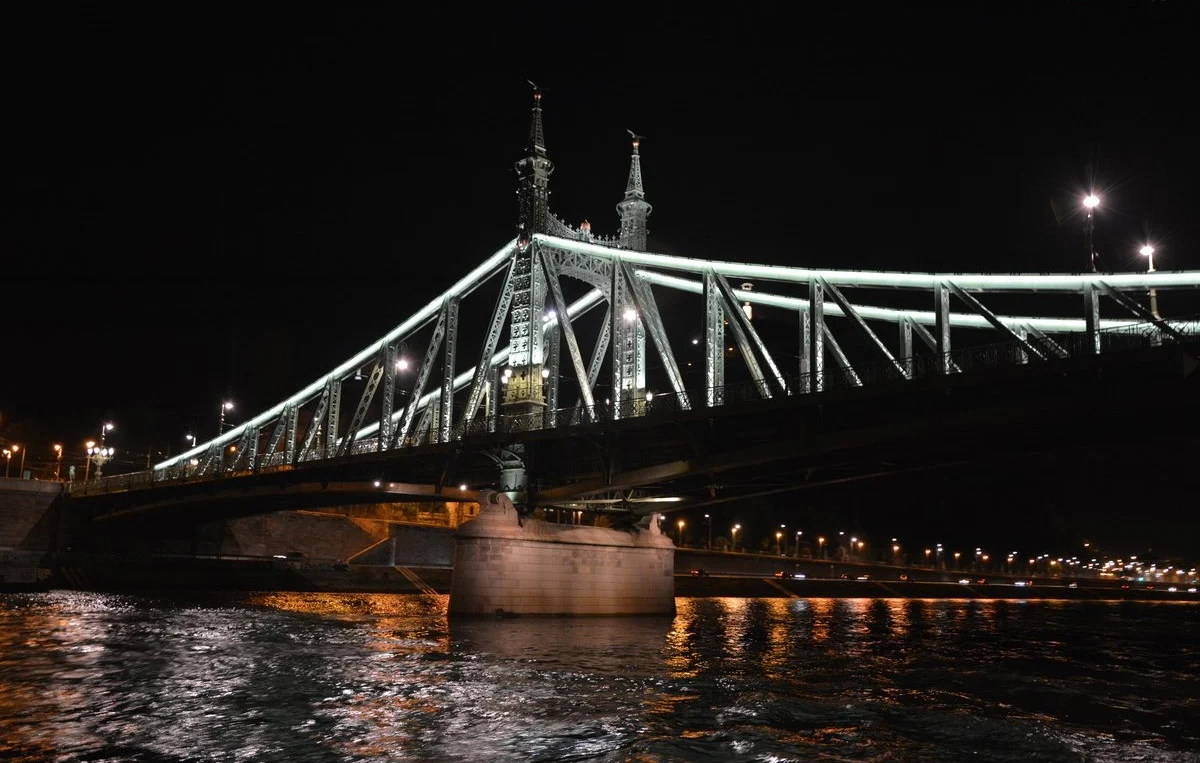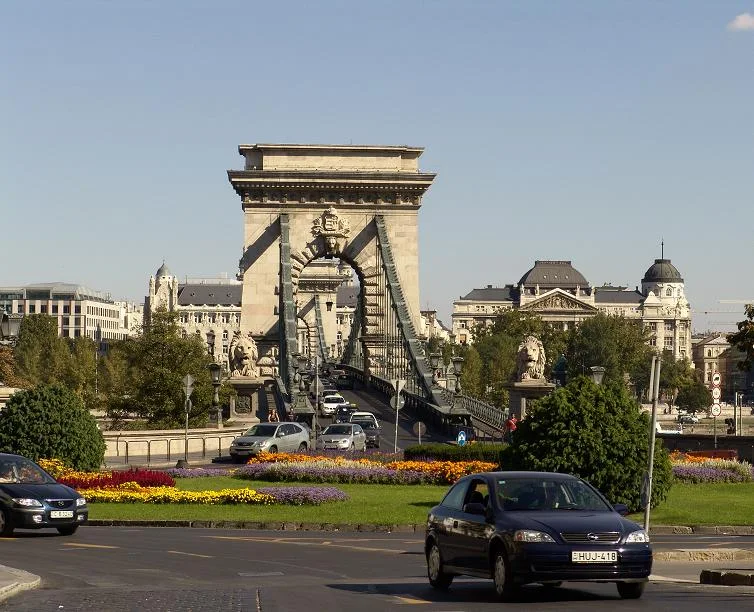 |
Széchenyi Chain Bridge - description, history, location, map. Exact address, phone number, and website. Reviews of tourists and photos.
 |
| Szechenyi Chain Bridge Budapest Hungary |
The Széchenyi Chain Bridge (the correct accent is on the first syllable), or otherwise the Budapest Bridge, connects the two banks of the Danube, on which the two old halves of the city are stretched: Buda and Pest. The bridge opened to traffic in 1849, and it was the first (apart from temporary) in the capital after the Hungarian Revolution of 1848. At that time, the central span of the bridge, reaching 202 m, was one of the longest in the world.
 |
| Szechenyi Chain Bridge Budapest Hungary |
The Széchenyi Chain Bridge begins in Buda on pl. A. Clarke, near the departure point of the funicular to the Buda Palace. The bridge ends (or vice versa) at pl. I. Széchenyi, not far from the Gresham Palace.
 |
| Szechenyi Chain Bridge Budapest Hungary |
Istvan Széchenyi was a prominent politician in Hungary, and he greatly contributed to the construction of the bridge. At the time of its construction, this bridge was so huge, and its design was so original that it was considered a real miracle of engineering. In addition, the bridge also had a symbolic meaning: it personified the union of two cities into one.
 |
| Szechenyi Chain Bridge Budapest Hungary |
At the time of its construction, this bridge was so huge, and its design was so original that it was considered a real miracle of engineering.
The author of the project the bridge was the Englishman W. Clarke, and his namesake, the Scotsman A. Clark, supervised the construction. W. Clarke has already done something similar: a few years earlier he designed the Marlow Bridge over the Thames, which is located in the city of the same name. The bridge was created in sections and transported from the UK to Hungary for final editing.
 |
| Szechenyi Chain Bridge Budapest Hungary |
In 1914, due to the increased traffic flow of the cast iron structure of the bridge, major alterations and strengthening were required. They were carried out, but the new building did not last long. When the Nazi troops withdrew from Budapest at the end of World War II, they blew up the bridge to delay the Allied advance. The restoration work lasted until 1949.
 |
| Szechenyi Chain Bridge Budapest Hungary |
On the Pest side of the bridge, there is a memorial plaque, the inscription on which says that the Széchenyi Chain Bridge is one of only two surviving William Clark's bridges in the world (the second is the one in Marlowe).
 |
| Szechenyi Chain Bridge Budapest Hungary |
In 1852, the Széchenyi Chain Bridge was decorated with two sculpted lions by Janos Marshalko. Stone lions sit at both ends of the structure and are very similar to their counterparts located in Trafalgar Square. Meanwhile, the lions in Budapest are older: the English were created only six years later. But the locals, in Budapest, Hungary, are smaller in size.
 |
| Szechenyi Chain Bridge Budapest Hungary |
The bridge gained particular fame in 2001 when aviator P. Beshenyei flew under it in his plane. And it did not just fly, but "upside down." Since then, this focus has been repeated at the Red Bull air races.
 |
| Szechenyi Chain Bridge Budapest Hungary |
Practical information
The Széchenyi Chain Bridge is located right in the center of Budapest, Hungary, and it is difficult to confuse it with others. Firstly, because of the chains, and secondly, it is the closest bridge to the Delhi railway station. From it, you can walk to the bridge in 20 minutes.
